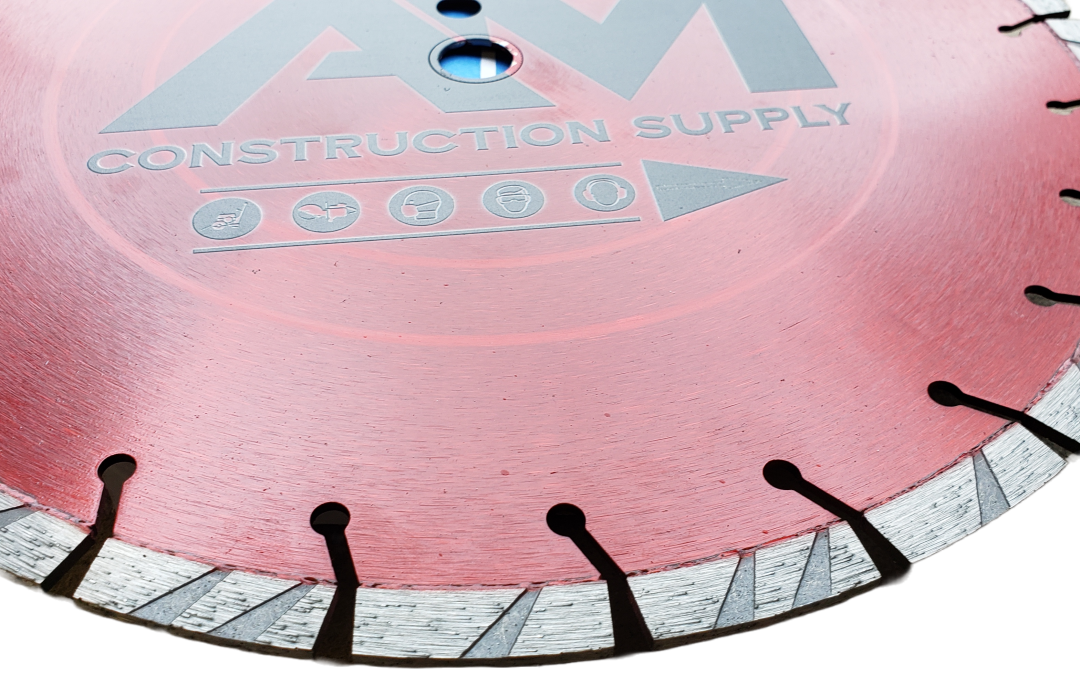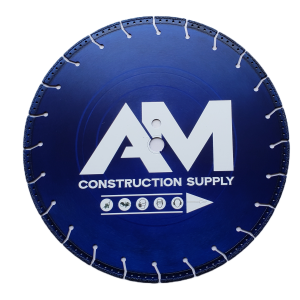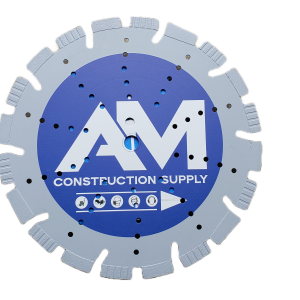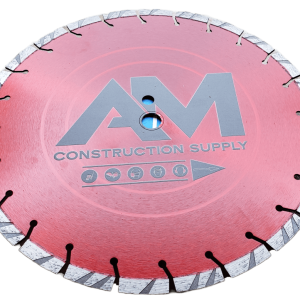I. Introduction
Cutting brick and masonry requires the use of the correct tools and techniques to ensure a safe and accurate outcome. The use of diamond blades is recommended for this task as they are known for their precision and durability. In this article, we will discuss everything you need to know about using diamond blades to cut brick and masonry safely and accurately.
II. Understanding Diamond Blades
A diamond blade is a circular saw blade that is used for cutting hard and abrasive materials such as brick, concrete, and masonry. Diamond blades differ from other cutting blades as they have diamond segments on their cutting edge. These diamond segments are made of industrial-grade diamonds and are designed to cut through hard materials with ease.
There are different types of diamond blades available for cutting brick and masonry, each with its own specific use. Continuous-rim blades are ideal for making smooth and precise cuts, while turbo-rim blades are better suited for fast and aggressive cuts. Segmented blades are suitable for cutting hard materials such as brick and masonry, while tuckpointing blades are designed for removing mortar between bricks.
When choosing a diamond blade for cutting brick and masonry, it is essential to consider the material you will be cutting, the type of cut you need to make, and the size of the blade.
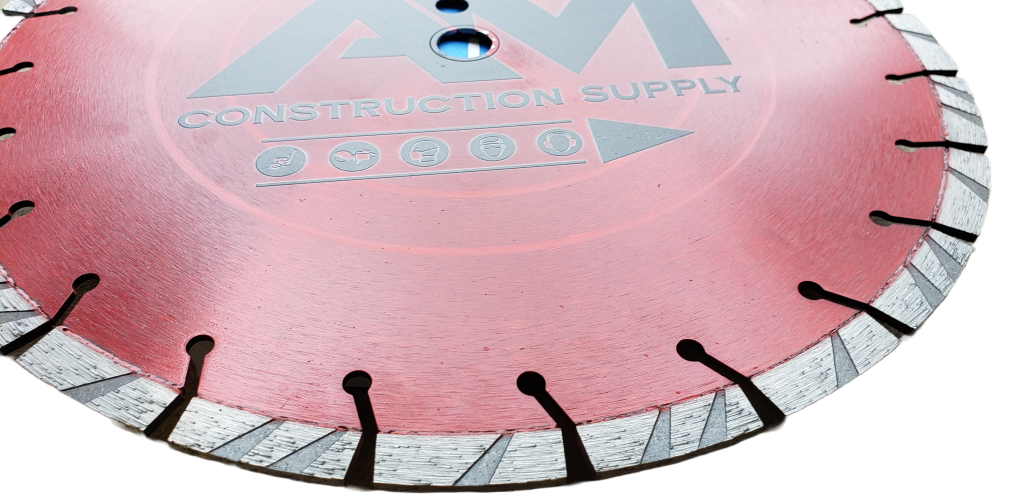
III. Preparing for Cutting
Before you start cutting, it is essential to wear protective gear such as goggles, gloves, and a dust mask to prevent injury and inhalation of dust particles. You should also ensure that you have set up a safe work area and secured the material to be cut to prevent it from moving during the cutting process.
To ensure accurate cuts, you must measure and mark the cut line on the material to be cut using a pencil or chalk. You can use a straight edge or level to ensure that the line is straight and even.
IV. Cutting Techniques
To achieve a clean and accurate cut, it is important to hold and control the saw correctly when cutting brick and masonry. Grip the saw firmly with both hands and use your dominant hand to guide the saw while keeping your non-dominant hand steady.
The cutting technique you use will depend on the type of cut you need to make. Straight cuts are made by guiding the saw along the marked cut line, while curved cuts require the blade to be slowly and carefully pivoted along the curve. Plunge cuts are made by slowly lowering the blade into the material and then guiding it along the cut line.
To achieve a clean and accurate cut, you should ensure that the blade is perpendicular to the material being cut and that you maintain a consistent speed and pressure throughout the cutting process.
V. Maintenance and Care
Proper maintenance and care of the diamond blade are essential to ensure its longevity and performance. After use, you should clean the blade using a soft brush and water to remove any dust and debris. The blade should then be dried thoroughly and stored in a dry place away from moisture.
You should also inspect the blade regularly for signs of wear and tear, such as missing or worn diamond segments. If the blade is damaged, you should replace it immediately to ensure safe and accurate cutting.
VI. Conclusion
In conclusion, cutting brick and masonry with diamond blades can be a safe and accurate process when the correct tools and techniques are used. It is important to wear protective gear, set up a safe work area, and choose the right diamond blade for the task. By following the proper cutting techniques and maintaining the blade correctly, you can achieve clean and accurate cuts every time.
Remember that safety should always be a top priority when cutting brick and masonry. If you are unsure about your ability to safely and accurately

